Year 7 Rounding Worksheets
Approximation (A)
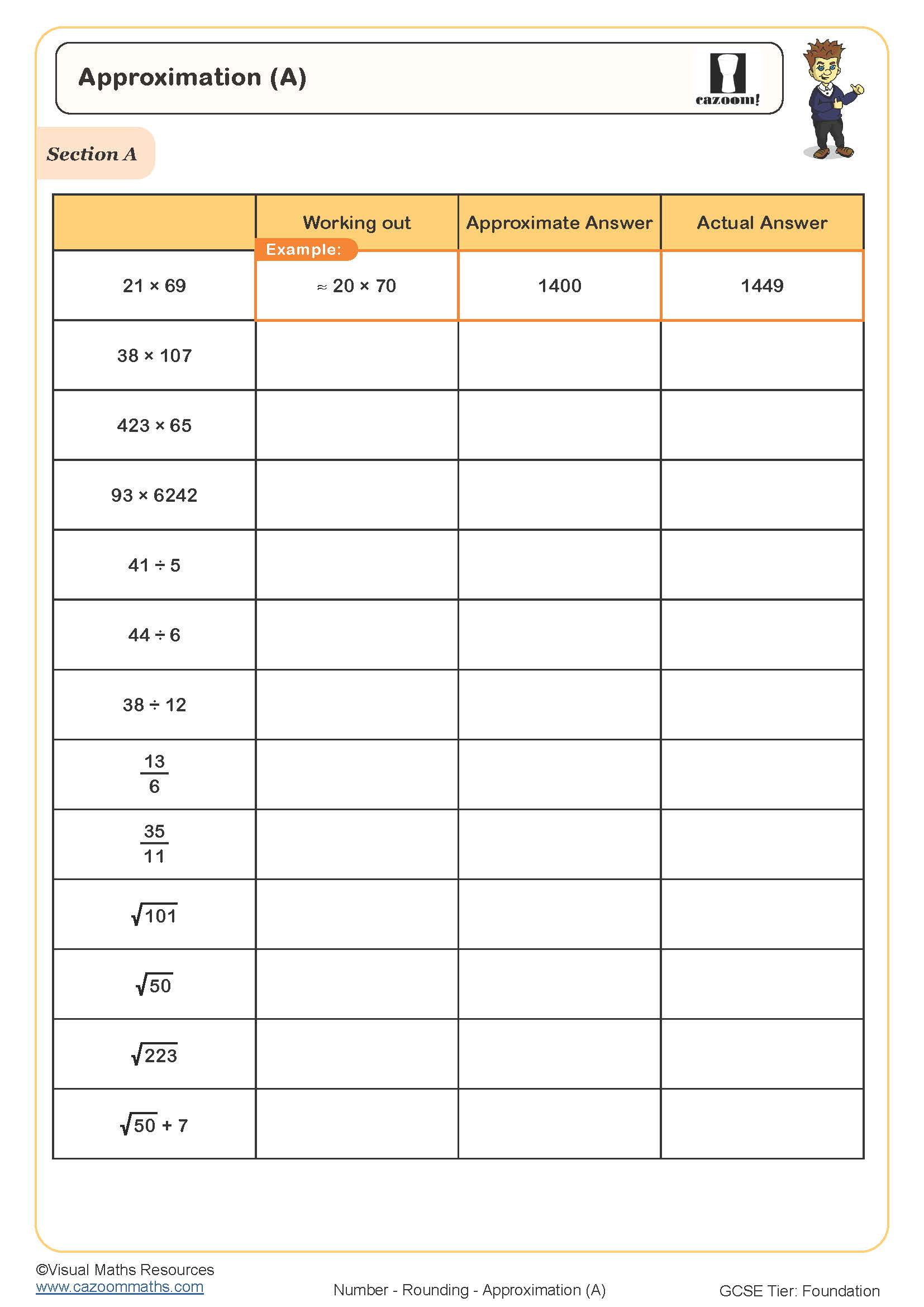
Approximation (B)
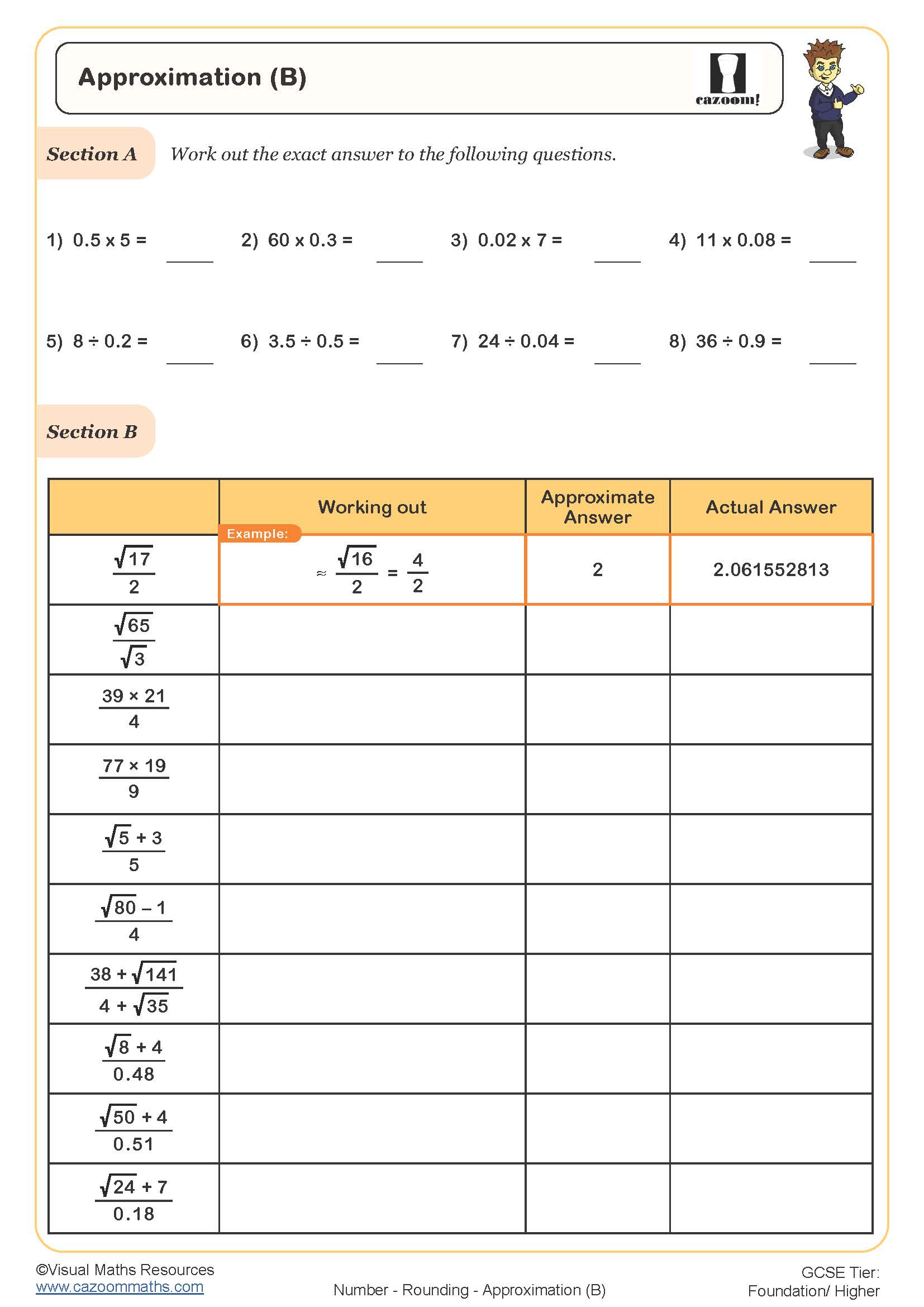
Estimating Powers and Roots
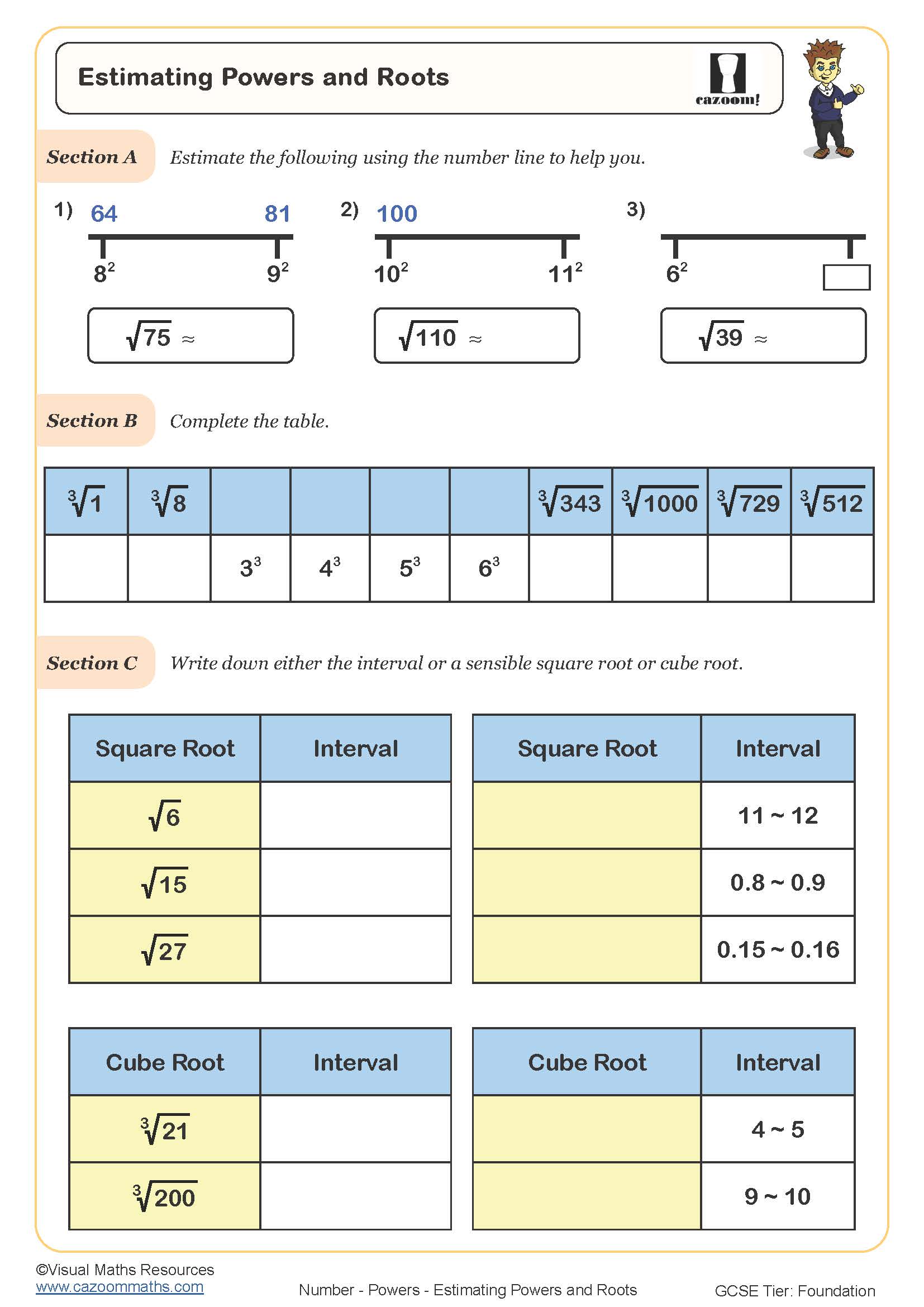
Rounding Charts
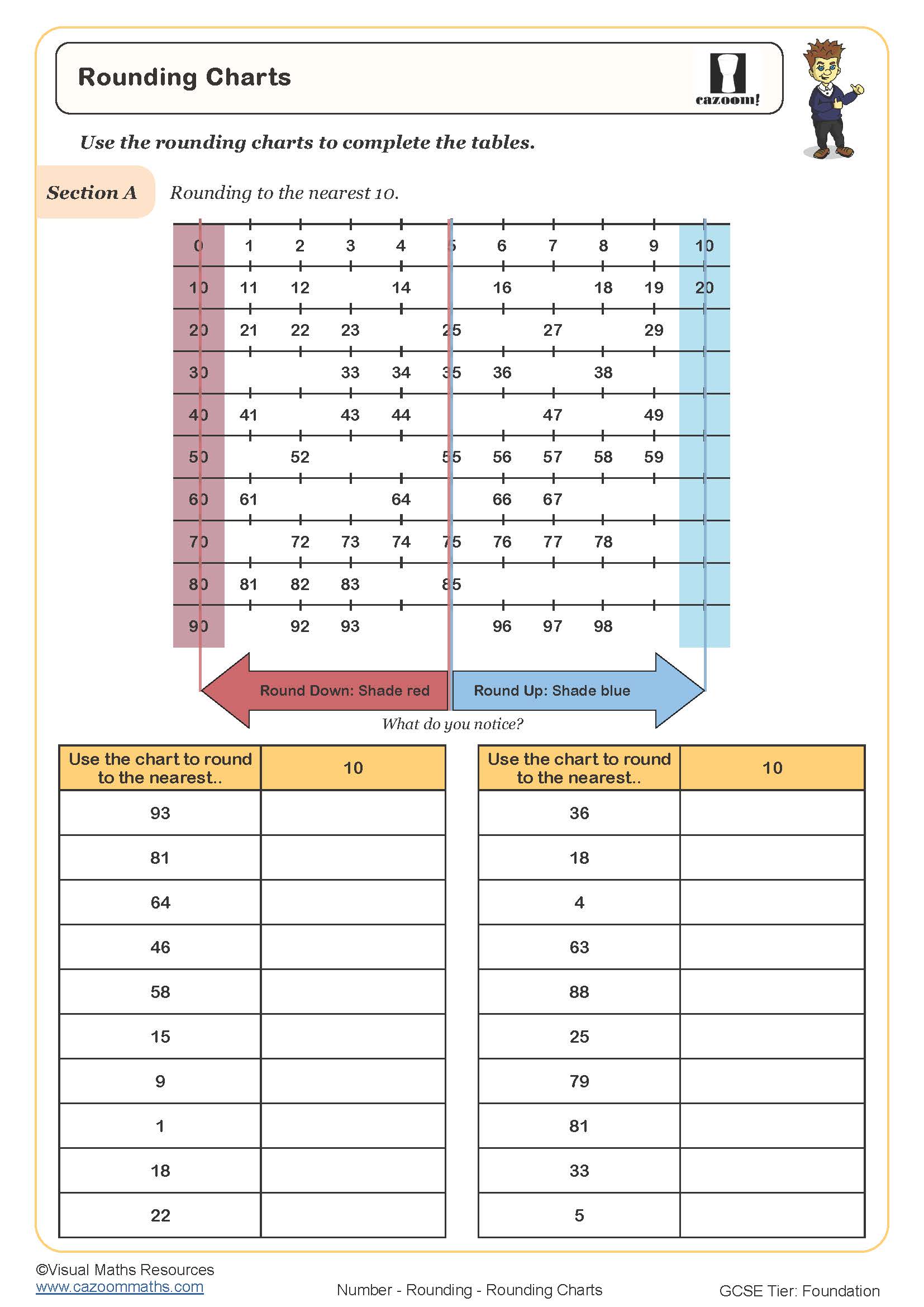
Rounding Mixed Exercise
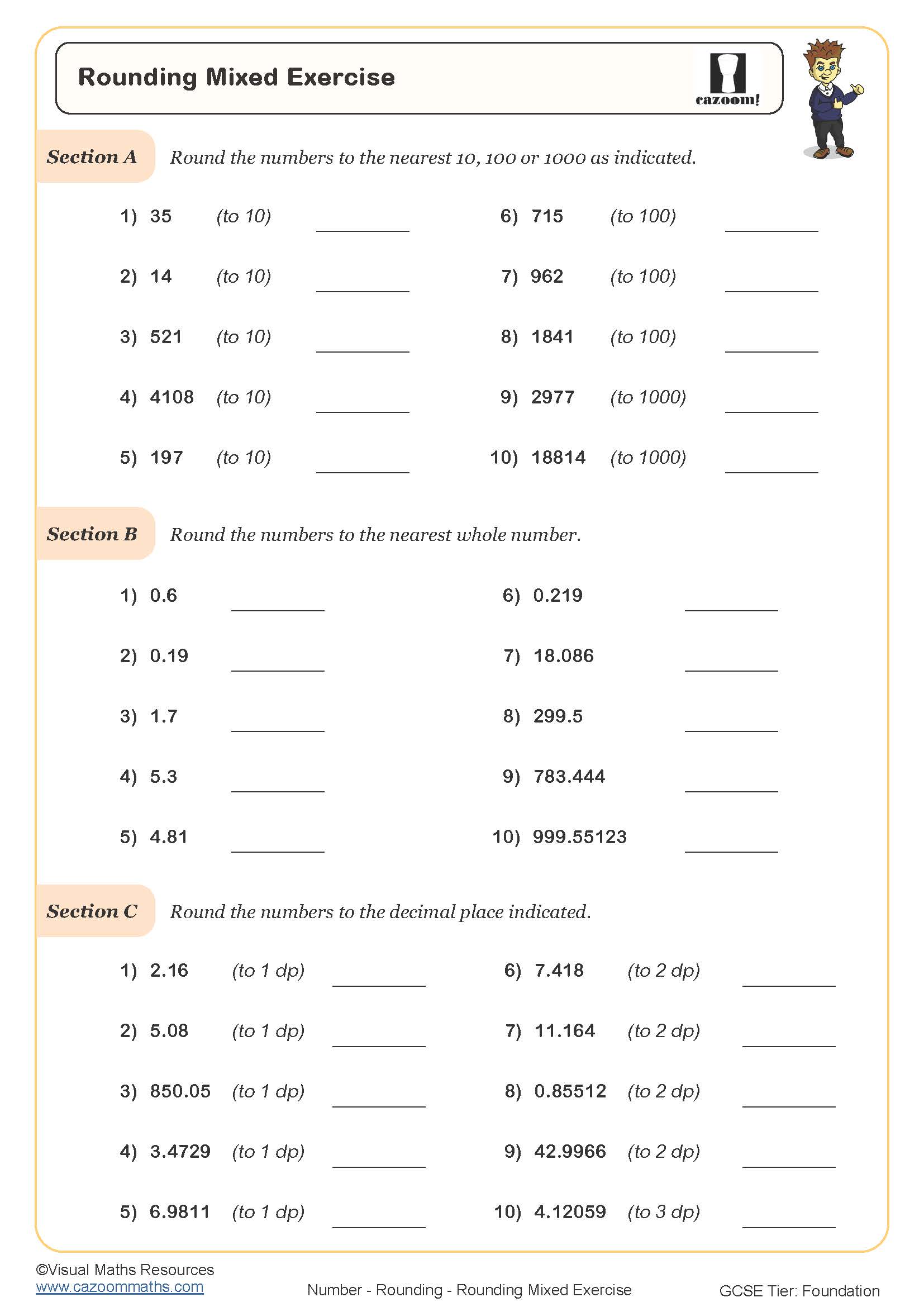
Rounding to Decimal Places
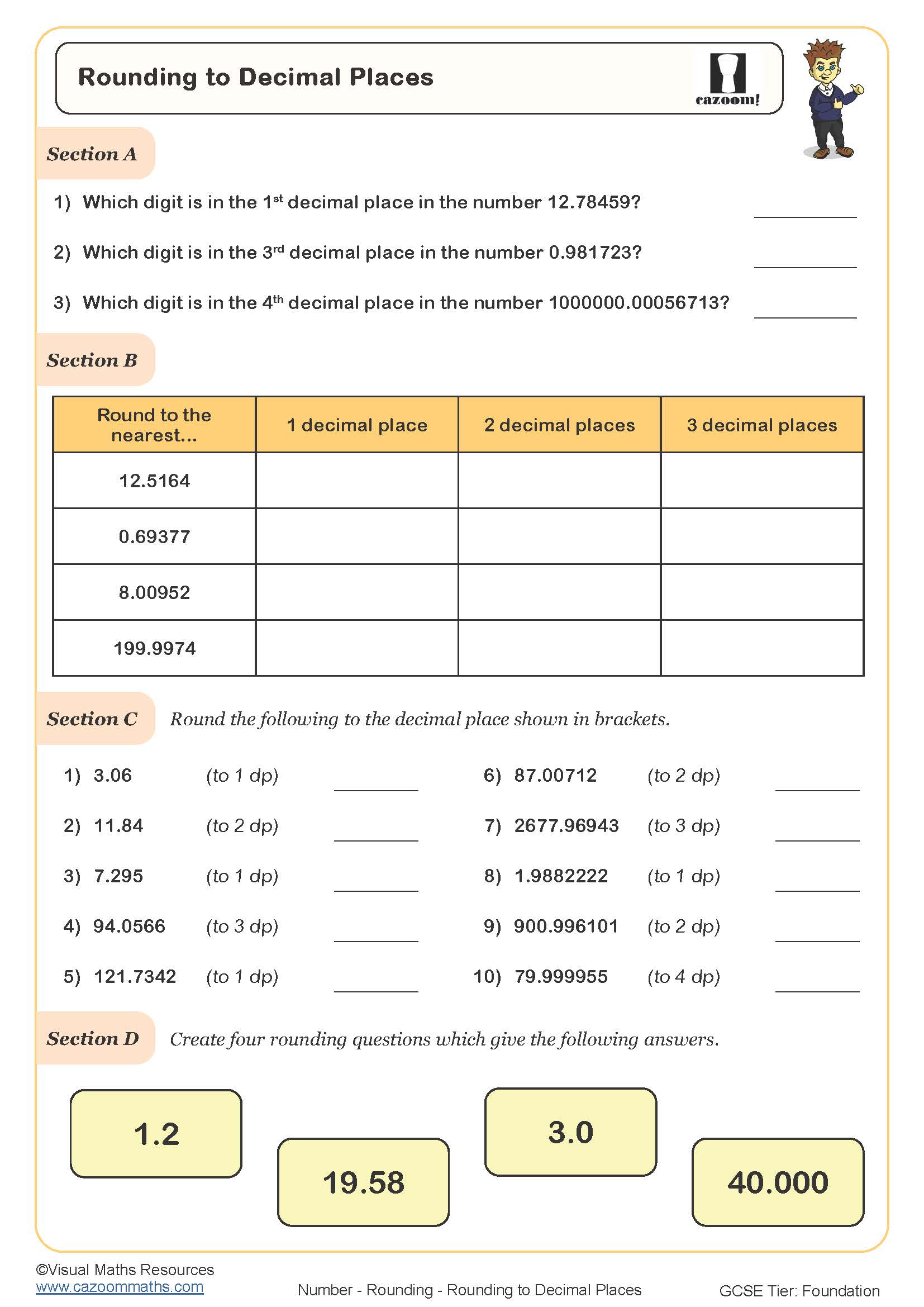
Rounding to One Decimal Place
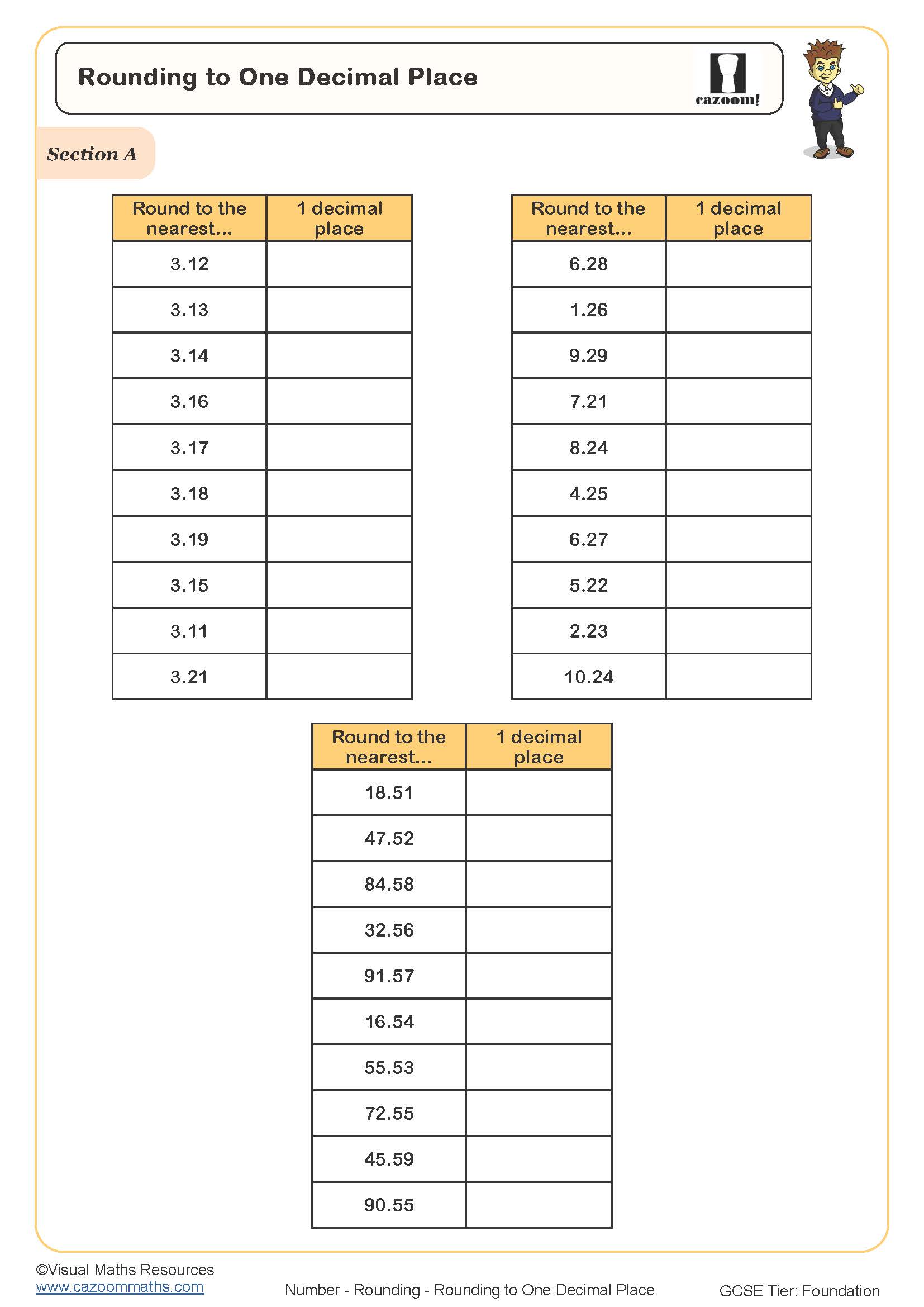
Rounding to the Nearest Hundred
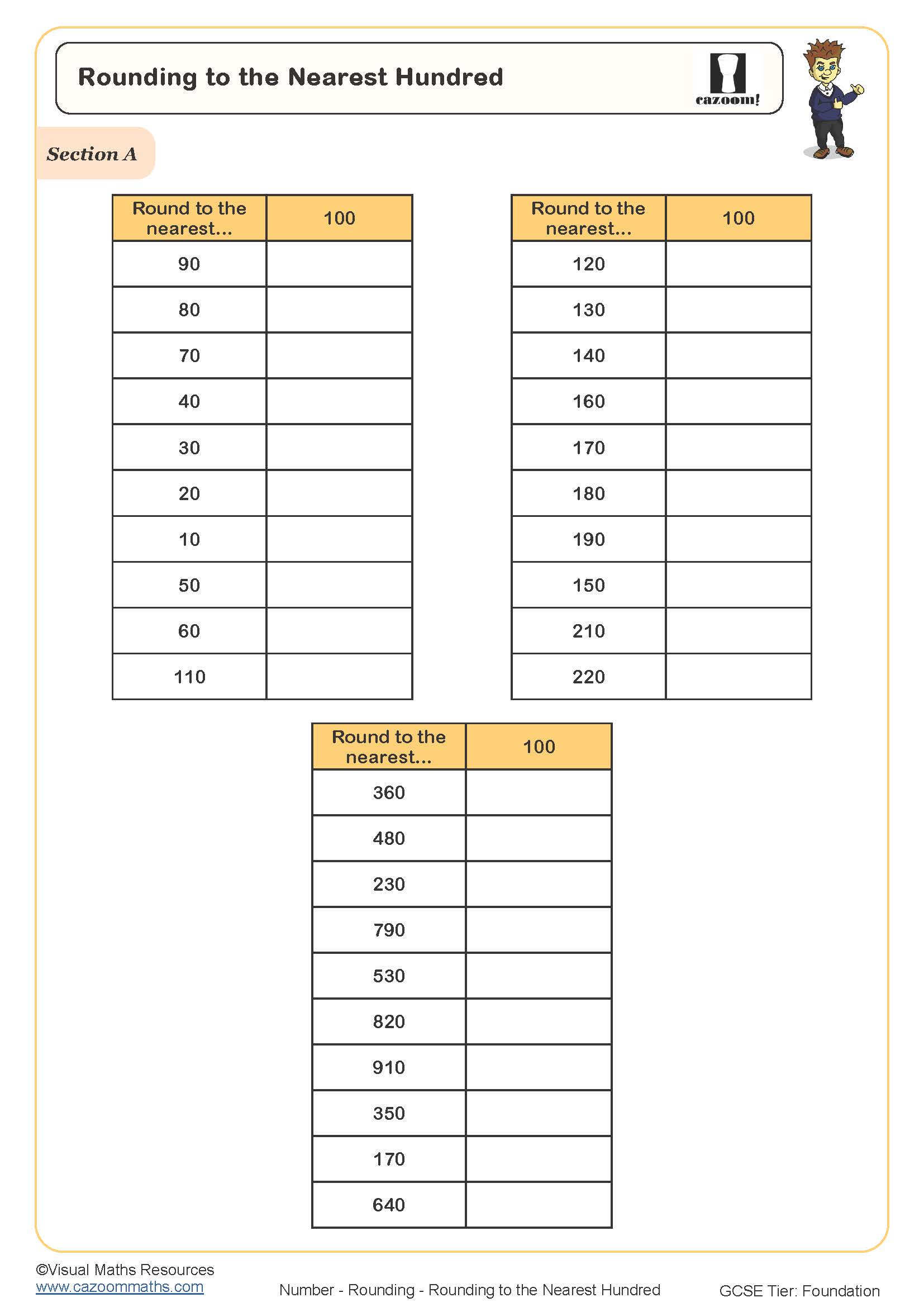
Rounding to the Nearest Ten
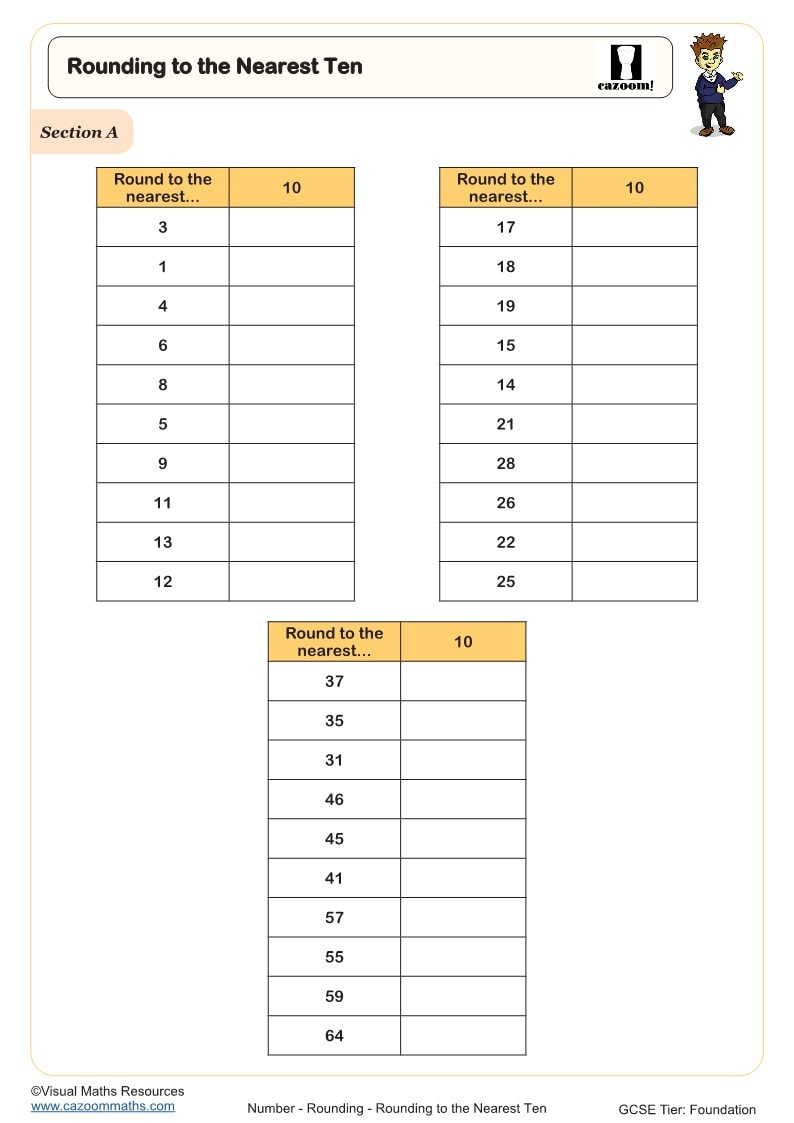
Rounding to the Nearest Thousand
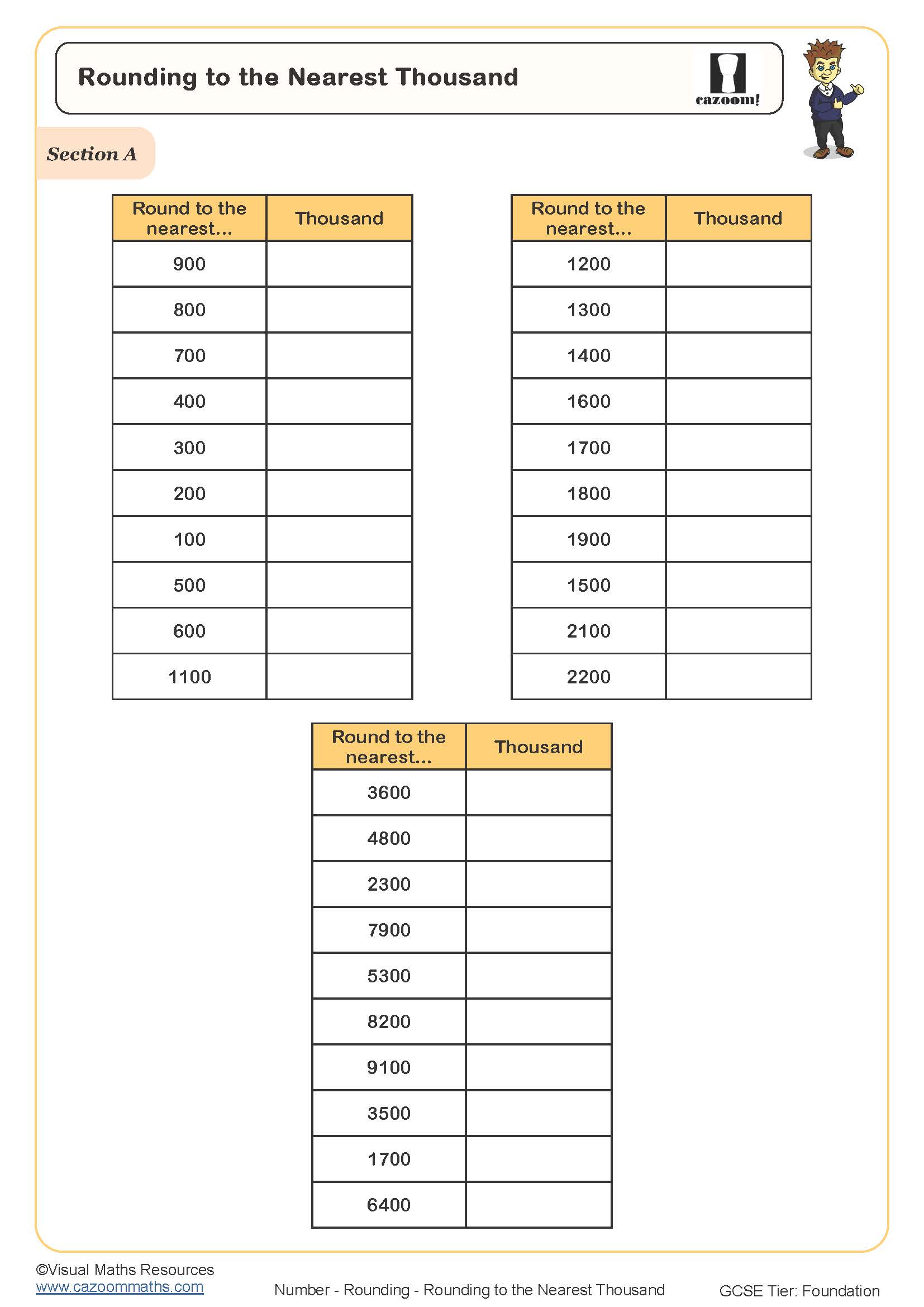
Rounding to the Nearest Whole Number
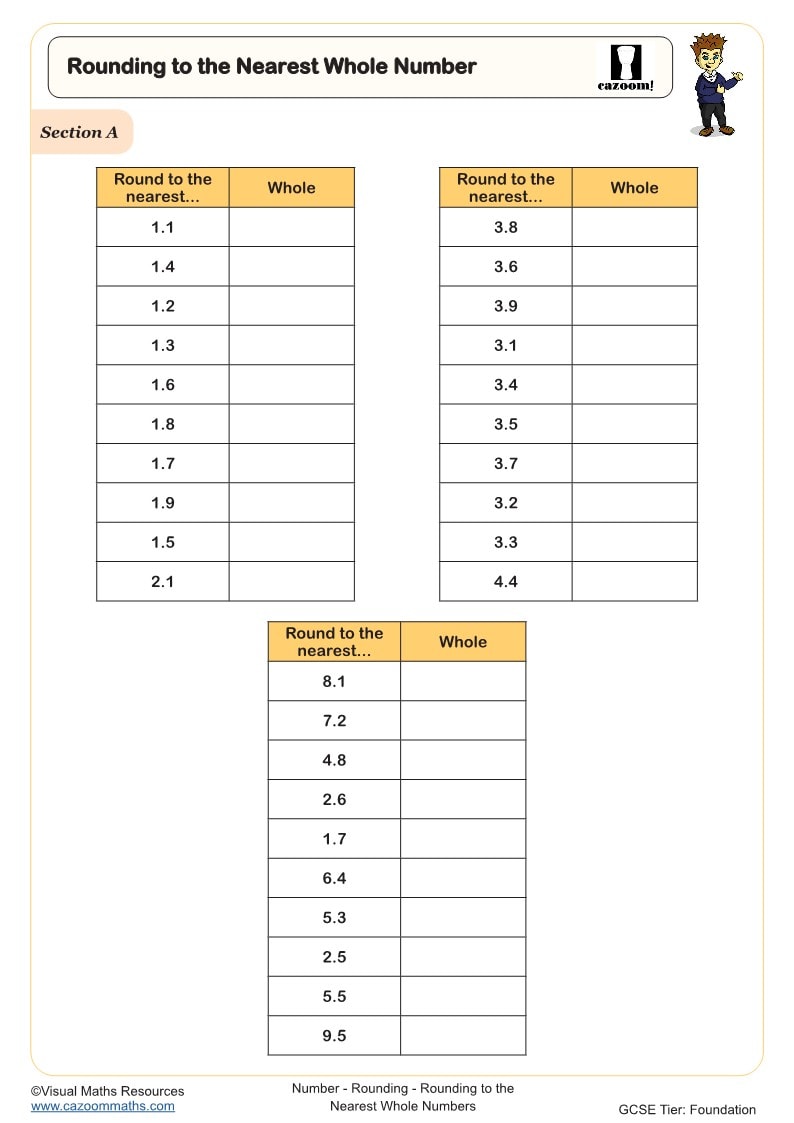
Significant Figures (A)
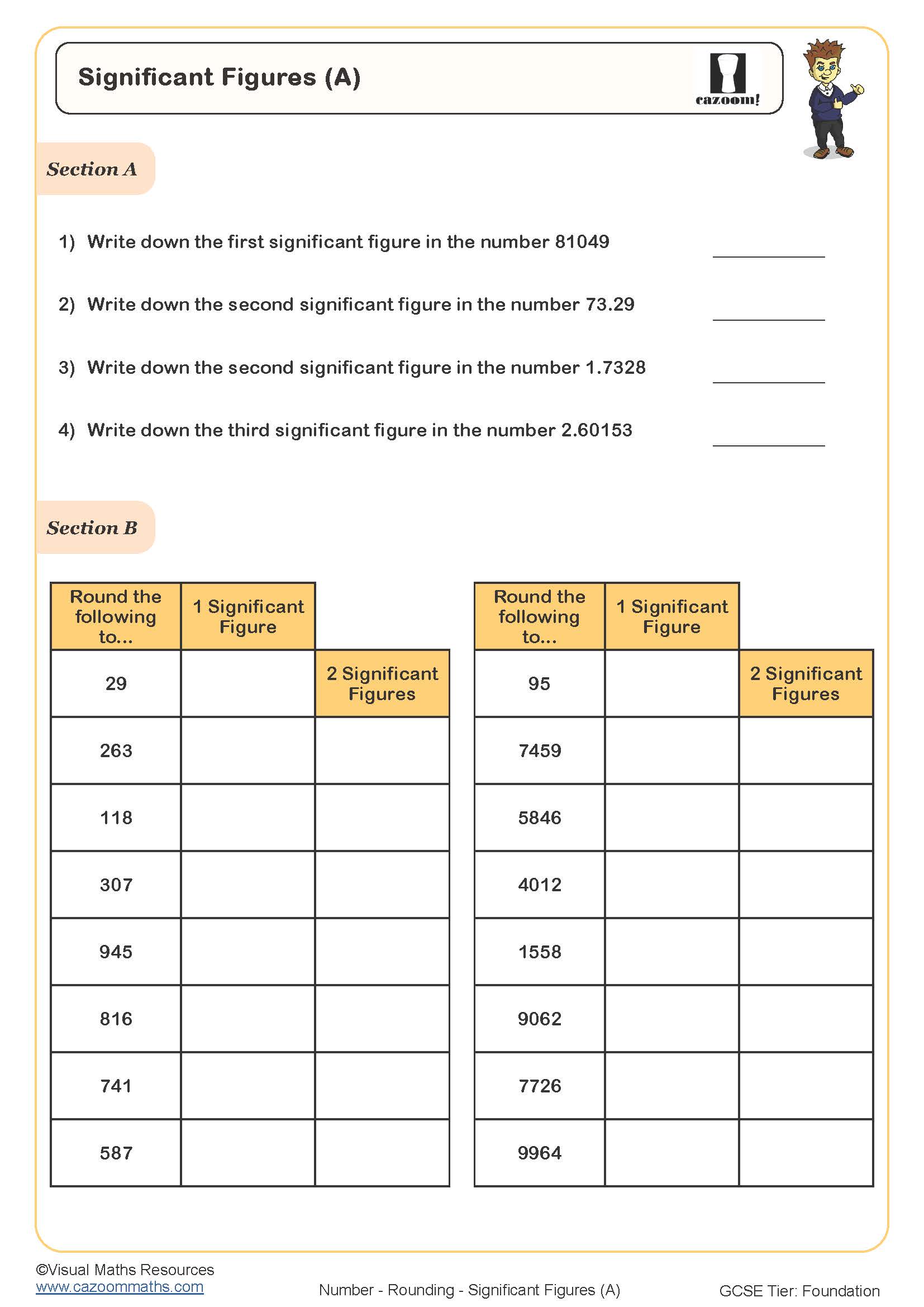
Significant Figures (B)
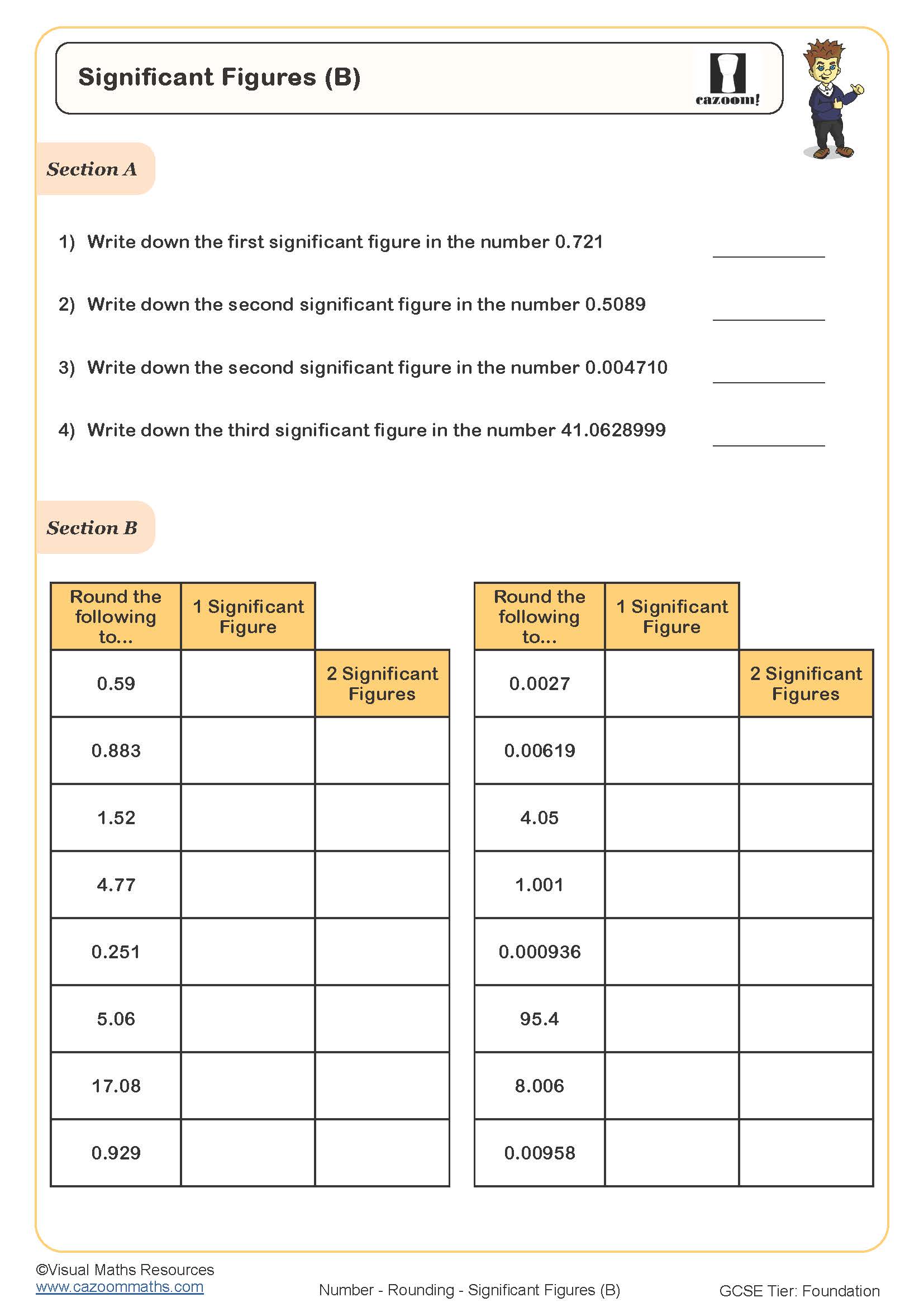
Year 7 Printable PDF Rounding Worksheets That Boost Mathematical Progress
Mastering rounding techniques fundamentally changes how students approach complex calculations and estimation problems throughout secondary school. The transition from Year 6 requires pupils to work confidently with larger numbers, decimals to multiple places, and understand when precision matters versus when approximation speeds up problem-solving. Regular practice with structured worksheets develops the automaticity needed for GCSE preparation, where rounding underpins everything from scientific notation to financial mathematics. Students who build solid foundations in Year 7 find greater success with calculator papers, data handling, and physics calculations. Consistent exposure to varied question types ensures pupils recognise which rounding method suits different contexts.
Specific learning benefits include:
• Strengthens mental estimation strategies
• Develops accuracy with significant figures
• Improves calculator efficiency skills
• Builds confidence for science practicals
• Enhances speed in timed assessments
• Supports error-checking techniques
• Prepares groundwork for standard form
What Topics Do Year 7 Rounding Worksheets Include?
These worksheets scaffold learning from basic place value recognition through to sophisticated approximation techniques used across the curriculum. Students begin with familiar decimal places before progressing to significant figures and their applications in measurement and data. Worked solutions demonstrate the reasoning behind each rounding decision, helping pupils understand why different contexts demand different approaches. The materials include visual representations and number lines to support learners who benefit from concrete models before moving to abstract rules.
The core skills covered include:
• Rounding to decimal places – controlling precision in answers
• Significant figures – understanding meaningful digits in measurements
• Rounding whole numbers – nearest 10, 100, 1000 and beyond
• Estimating calculations – checking answers make sense
• Upper and lower bounds – exploring accuracy limits
• Standard form preparation – connecting rounding to powers of ten
• Error intervals – introducing tolerance in measurements
• Practical rounding contexts – money, time, and distance decisions
Why Teachers Download Cazoom Maths Rounding Practice Sheets
Experienced maths departments choose these worksheets because they address the specific challenges of teaching rounding to mixed-ability classes. The gradual progression from basic concepts allows struggling students to build confidence, whilst extension questions challenge high achievers to think deeply about precision and accuracy. Answer sheets include detailed working that reveals common misconceptions, helping teachers identify where intervention might be needed. The variety of question formats—from simple drill exercises to word problems—keeps lessons engaging whilst ensuring exam readiness. Worked solutions show the thinking behind each step, making them invaluable for homework support when parents might struggle to explain modern methods. Cazoom Maths worksheets save planning time whilst maintaining the rigour expected in secondary mathematics.
Real-World Rounding Applications for Year 7 Students
Students encounter rounding decisions constantly, from estimating journey times to understanding weather forecasts and sports statistics.
• Scientific experiments – recording measurements to appropriate precision
• Shopping budgets – estimating total costs before reaching the till
• Journey planning – calculating arrival times using timetables
• Cooking conversions – adjusting recipes for different serving sizes
• Sports statistics – understanding league tables and averages
• Technology specs – comparing phone storage and data usage
• Environmental data – interpreting climate change graphs
• DIY projects – estimating materials needed for room decoration